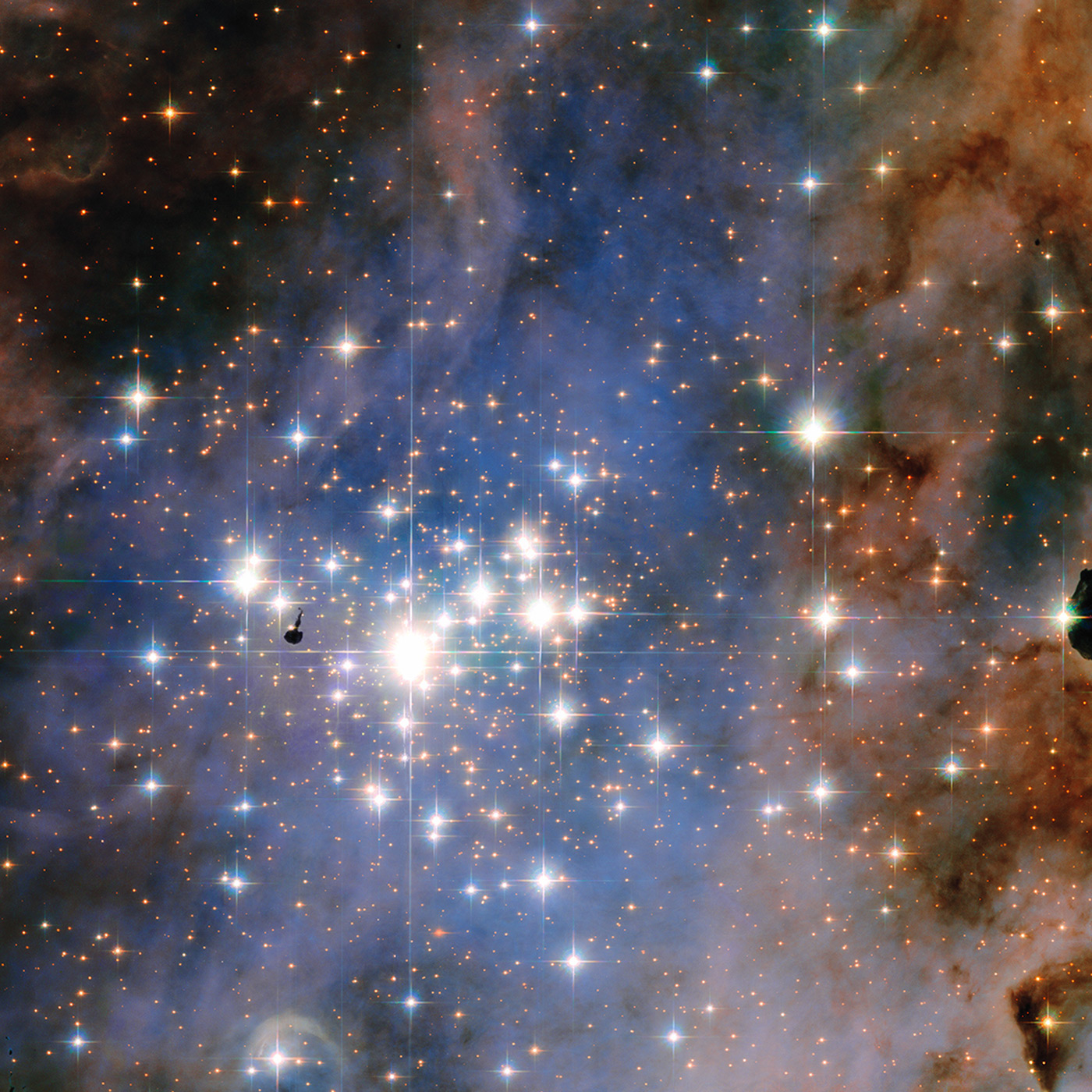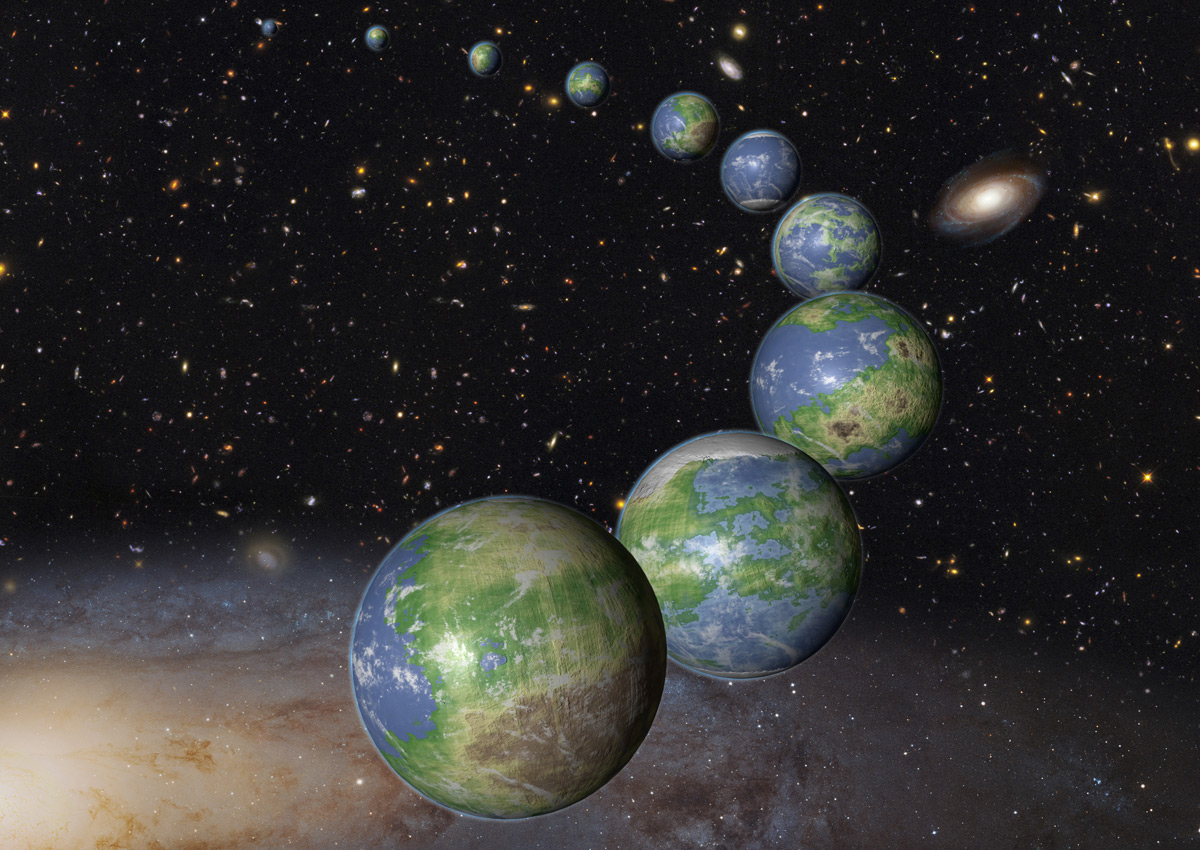Alt-week peels back the covers on some of the more curious sci-tech stories from the last seven days.

It's a beautiful world we live in. And, while the sweet and romantic part is debatable, strange and fantastic is not. Our universe is one populated by non-planetary celestial bodies with their own non-planetary satellites, high school social hierarchies based on predictable mathematical formulas and military-funded "gut-on-a-chips." It's a weird place filled with weird stories, and we just can't get enough of it. So, what has the last seven days brought us from the fringes of science and tech? Keep reading after the break to find out. This is alt-week.
Continue reading Alt-week 7.28.12: social mathematics, Pluto's moons and humans-on-a-chip
Filed under: Peripherals, Science
Alt-week 7.28.12: social mathematics, Pluto's moons and humans-on-a-chip originally appeared on Engadget on Sat, 28 Jul 2012 20:30:00 EDT. Please see our terms for use of feeds.
Permalink | |
Email this |
Comments
 The Hubble Space Telescope still isn't done providing insights and pretty pictures -- far from it. Researchers have published a composite Hubble image showing the massive, extra-bright stars of the Trumpler 14 cluster, which sits 8,000 light-years a...
The Hubble Space Telescope still isn't done providing insights and pretty pictures -- far from it. Researchers have published a composite Hubble image showing the massive, extra-bright stars of the Trumpler 14 cluster, which sits 8,000 light-years a...
 The Hubble Space Telescope still isn't done providing insights and pretty pictures -- far from it. Researchers have published a composite Hubble image showing the massive, extra-bright stars of the Trumpler 14 cluster, which sits 8,000 light-years a...
The Hubble Space Telescope still isn't done providing insights and pretty pictures -- far from it. Researchers have published a composite Hubble image showing the massive, extra-bright stars of the Trumpler 14 cluster, which sits 8,000 light-years a...
 NASA announced on Wednesday that it had successfully installed the first of 18 mirrors on the new James Webb space telescope. The work took place at NASA's Goddard Space Flight Center in Greenbelt, Maryland earlier this week.
NASA announced on Wednesday that it had successfully installed the first of 18 mirrors on the new James Webb space telescope. The work took place at NASA's Goddard Space Flight Center in Greenbelt, Maryland earlier this week.
 Humanity's inability to find Earth-like planets may not be the result of limited technology or a lack of ambition -- we might simply be too early, and in the wrong place. Astronomers poring over Hubble and Kepler data now believe that only 8 perce...
Humanity's inability to find Earth-like planets may not be the result of limited technology or a lack of ambition -- we might simply be too early, and in the wrong place. Astronomers poring over Hubble and Kepler data now believe that only 8 perce...

